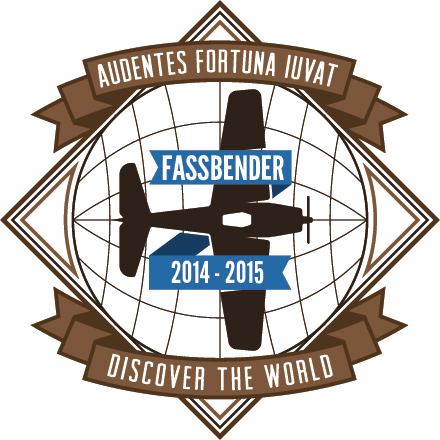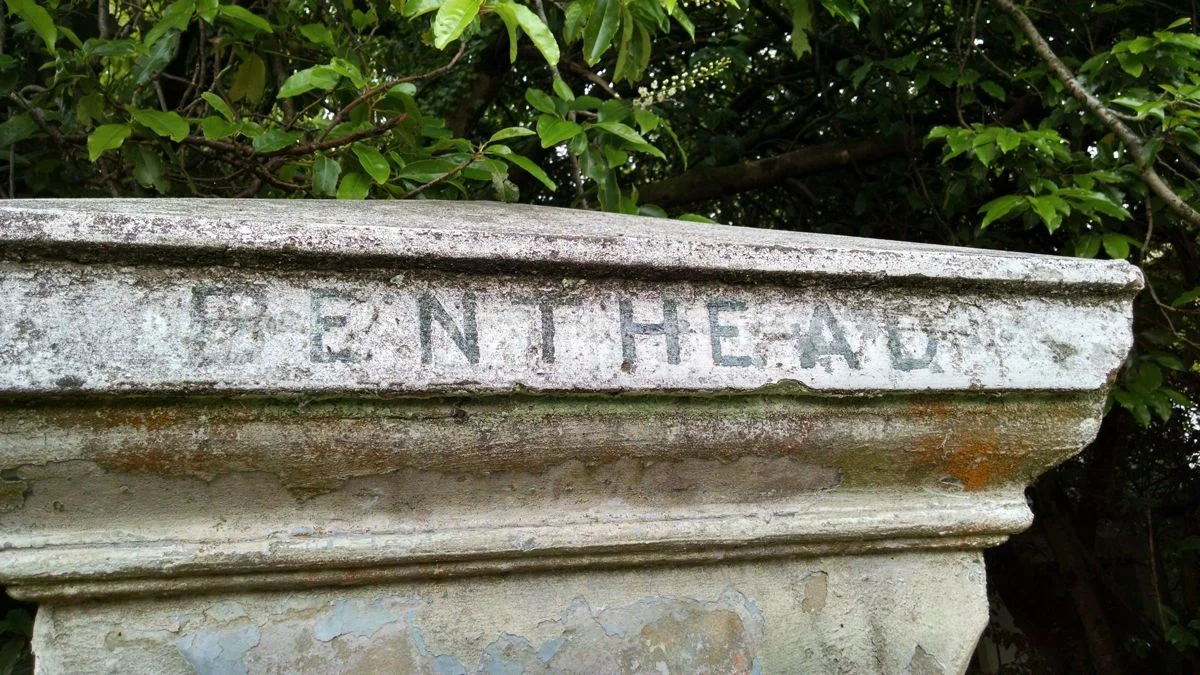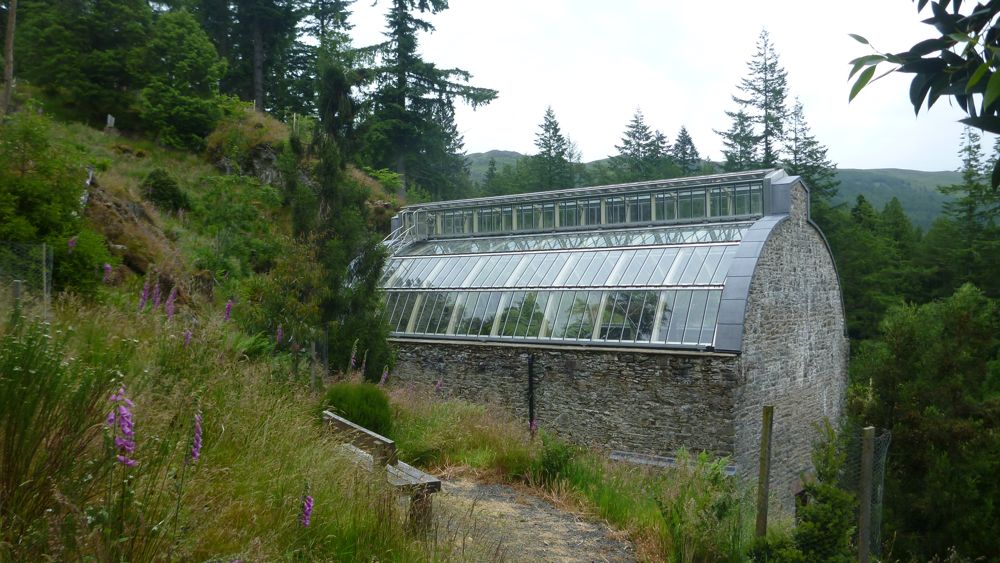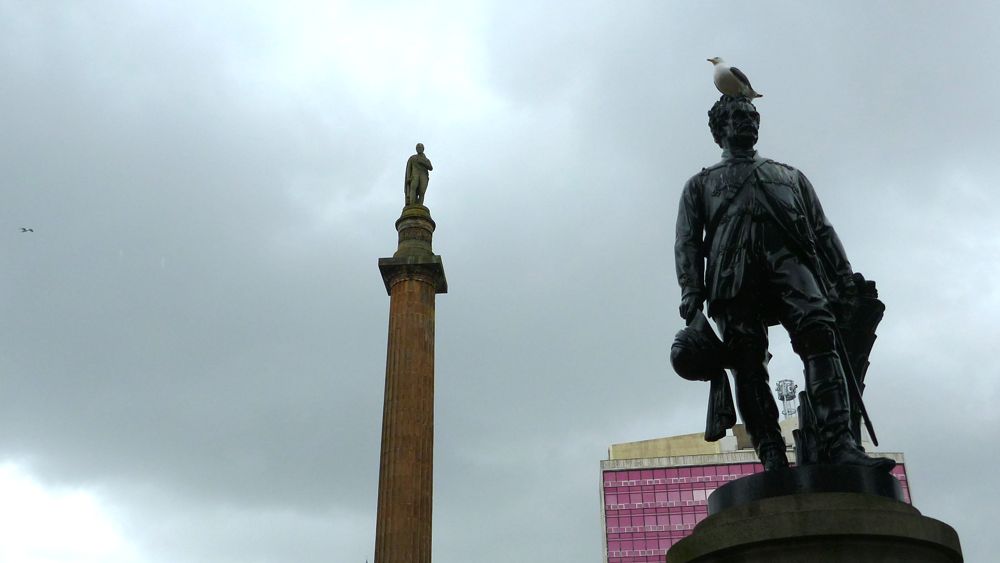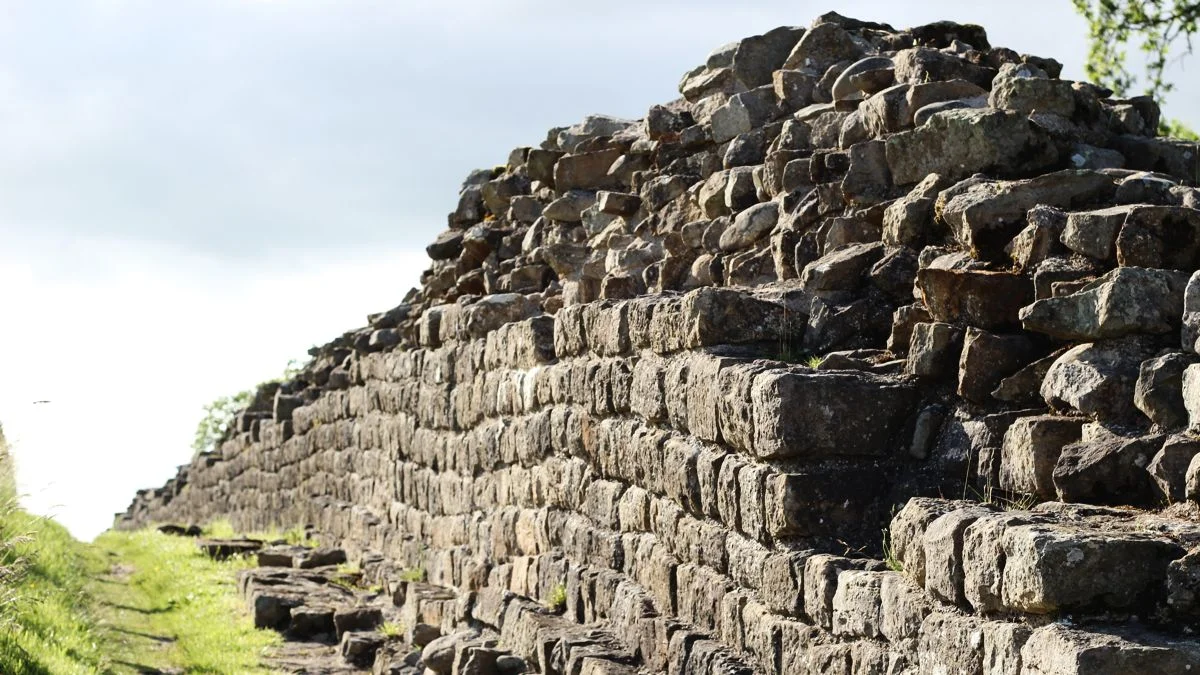Sunday, 05-07-2015 — Thursday, 09-07-2015
DayS 319 — 323
After a an enjoyable breakfast at Bush Nook, we checked out and started heading north. Despite Hadrian’s Wall being the northernmost border of the Roman Empire, we still had to drive about 40 km to cross the border into Scotland.
But, before we got too far, we still had a little learning to do before we left England behind for a few days. So we stopped in at the Roman Army Museum near Greenhead, just five kilometers from our B&B.
Roman Army Museum
The Roman History Museum is located on the site of Magnae Carvetiorum, a former Roman army outpost that was built before Hadrian’s Wall was constructed.
The museum gave us a fantastic look at what it was like to be a Roman soldier stationed in what is now Britain with a focus on a soldier’s life at Hadrian’s Wall. Frankly, it looked miserable. The legionnaires were constantly cold, wet, hungry, and subject to attack by waves of seemingly crazed warriors dressed in nothing but blue war paint — trying conditions by any measure.
Roman Legionary
We also learned a lot about the structure of the Roman Army thorough a series of well-crafted videos. And, thanks to the miracles of modern technology, you can see these educational videos any time you want. Here's one that explains the structure of the Roman army.
The Roman Army Museum definitely worth a stop if you're heading into Scotland. It gives its visitors a really well thought-out experience. In fact, we enjoyed learning a lot about the Roman Empire under the reign of Hadrian so much, we spent a lot more time here than we initially intended.
Emperor Hadrian, he of the wall.
Exploring Scotland
But eventually, we had to push on, and in short order we crossed over into Scotland and headed toward the town of Dunoon, just on the southern tip of Loch Lemond National Park. We were going to visit our friends Cory and Faye.
I’ve known Cory a long time — nearly 30 years — but we hadn’t seen each other in more than 25. But thanks to the connected world we live in, we’d kept in touch. So when he saw we were venturing into Scotland, he invited us up to stay at Benthead, his family’s ancestral home.
Rains in Scotland
A brief aside about Scottish weather. It rained pretty much the entire time we were in Scotland, starting almost the moment we drove across the border. It wasn't usually an intense rain, but there was always some sort of moisture in the air. It wasn’t entirely unpleasant, however — and the sun did come for us out a few times — but the country was consistently moist while we were there.
Getting to Dunoon
It’s possible to drive to Dunoon, but it takes a very long time. The best — and fastest — way to get to the town is by ferry. Cory advised us to pick up a ferry ticket from a co-op grocery store in the town of Gourock, just across the loch from Dunoon. So we headed over there to pick up said ticket as well as a few essentials, like wine and cheese.
The Scottish Accent
Throughout the world, the Scottish accent is legendary for its ability to be all but unintelligible to non-Scots, and in the Gourock co-op we experienced this first-hand.
The cashier, a young gent who was quite the friendly fellow, had the thickest Scottish accent you could ever imagine. It made any video or movie you’ve seen poking fun at this accent seem tame by comparison. Really. We had so much difficulty understanding what he was saying (although Jackie insists she understood him perfectly), we left the shop hoping we’d purchased the right ferry ticket. Thankfully, we had, and in short order we were on the ferry to Dunoon.
Dunoon is in the region known as Argyll (where the argyle pattern originated), and it’s a major destination for folks who enjoy outdoor recreation like hiking, camping, climbing, and kayaking. Cory runs a shop in Dunoon called Argyll Outdoors, and if you’re adventure-inclined, it’s worth checking out.
John Kennedy Pharmacy in downtown Dunoon.
The day after we arrived, we took a stroll through central Dunoon. It’s a charming town, and we enjoyed checking out the different shops along the main avenue.
Dunoon is also famous for its pottery, and we didn't escape without picking up a Dunoon pottery mug featuring different breeds English pigs (Jackie, in case you don’t know, is a huge fan of pigs). I was concerned about our ability to get it home intact, but we did and is currently hanging from the mug rack above our kitchen sink.
Benmore Botanic Garden
After we'd thoroughly explored Dunoon's commercial district, we drove out to see the Benmore Botanic Garden, located inside the boundaries of Loch Lemond.
Into Loch Lemond
The Benmore Botanic Garden, one of four gardens overseen by the Royal Botanic Garden Edinburgh, focuses on a variety of plant species found in more mountainous climates from around the world.
The garden covers more than 150 acres and includes plants from many different areas throughout the world — a few of which we’d visited on our travels, like the Tasmanian Ridge and the Chilean Rainforest Glade. There’s even a section called Sierra Redwood Avenue with 50 of the giant trees.
Benmore Botanic Garden
But the most impressive collection of plants in the gardens can be found inside the Victorian Fernery, a greenhouse which dates back to the 1850s (although it went through a recent renovation) and serves as home to more than 70 species of ferns.
Victorian Fernery at Benmore Botanic Garden
We stayed with Cory and Faye in Dunoon for two relaxing nights where we enjoyed camaraderie and some wonderful home-cooked meals. But our time in Britain was drawing to a close, and although it was soon time to head back toward London, we weren’t done with Scotland just yet.
Glasgow
We took the ferry back across the loch and headed south to Glasgow. We didn’t have any sort of agenda in Glasgow, so we just wandered about the city, seeing what there was to see. In our travels we’d heard about a Dr. Who-style police box on the streets of Glasgow, so we were keeping an eye out for that.
We were surprised to find it just down the street from our Airbnb apartment, and we walked by it every time we headed toward downtown Glasgow.
A Tardis in Glasgow
Over the past year, we’d gotten pretty good at finding our way through often confusing subway systems, but the Glasgow subway is the easiest to navigate subway ever.
It goes in a ring around the city, so it’s really hard to get confused. If you miss your stop, don’t worry — just keep riding and it will come around again in a few minutes. We were heading for Buchanan Street station, which got us pretty close to George Square.
George Square
Glasgow’s George Square, named for King George III (that guy again), is home to the Glasgow City Chambers and many statues of noteworthy Glaswegians.
Here you can find marble likenesses of Lord Clyde (an Indian Army commander), Sir Walter Scott (author of Ivanhoe), Robert Burns (the poet), and even Queen Victoria astride a horse.
Seagulls enjoy the statues in George Square, especially that of Lord Clyde. Walter Scott stands tall in the background.
After leaving George Square we wandered around a bit, checking out the shops. I did splurge on a small bottle of Highland Park Scotch — I mean, it would have been a shame to visit Scotland and not try the Scotch.
Highland Park Scotch
We also found another police box, but this one was painted bright green. Glasgow sure does love its Tardises.
A green Tardis in Glasgow.
That evening we enjoyed dinner at Mother India’s Cafe, which served some of the best Indian food we enjoyed on the trip — certainly better than anything we we ate in India.
Aside from those small adventures, our time in Glasgow was reasonably relaxing. We were starting to get a little sad that our trip was coming to a close. The next morning, after a quick breakfast at Old Salty’s, we got back on the road heading south into England, bound for Newcastle.
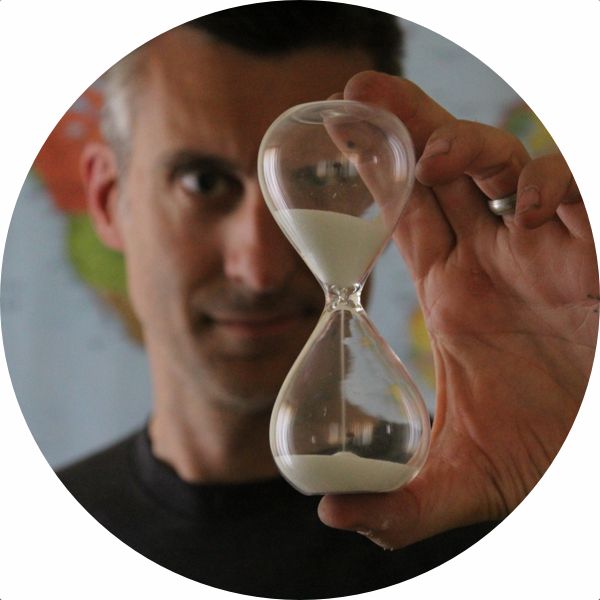
Tom Fassbender is a writer of things with a strong adventurous streak. He also drinks coffee.
